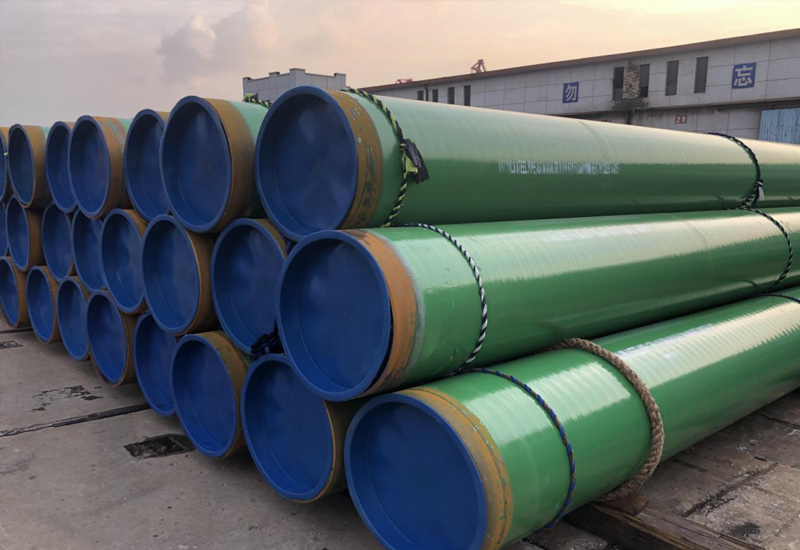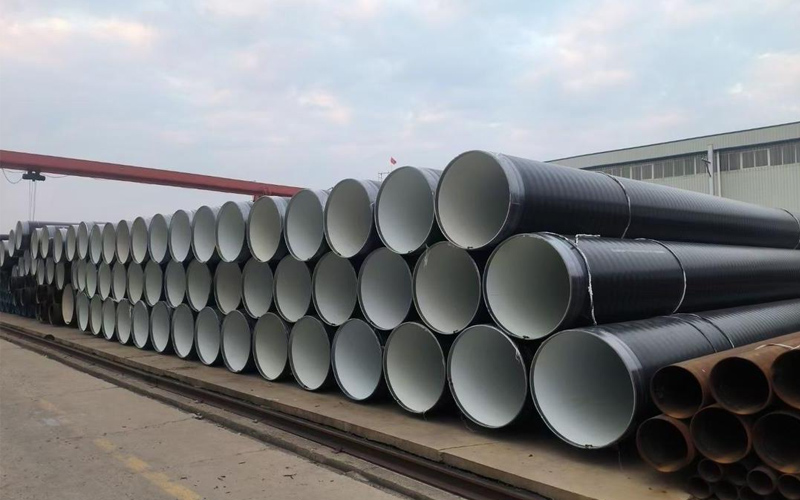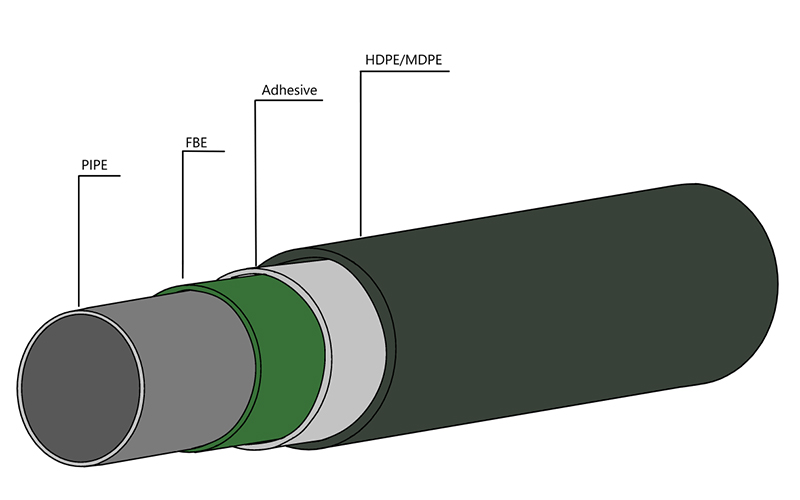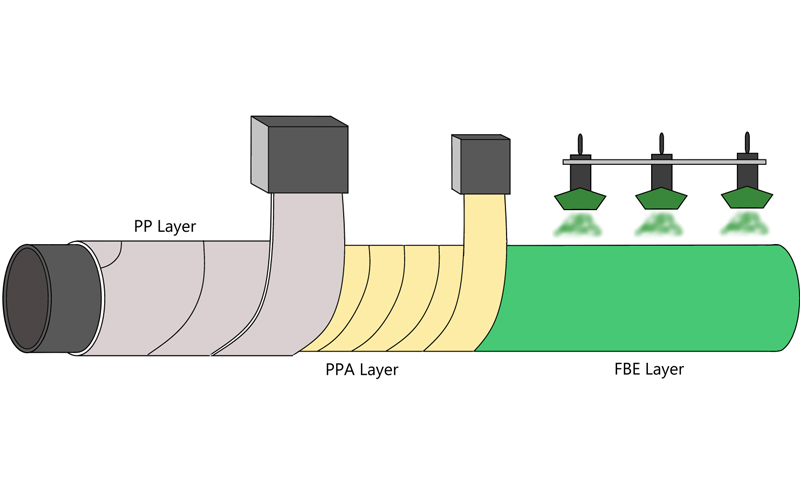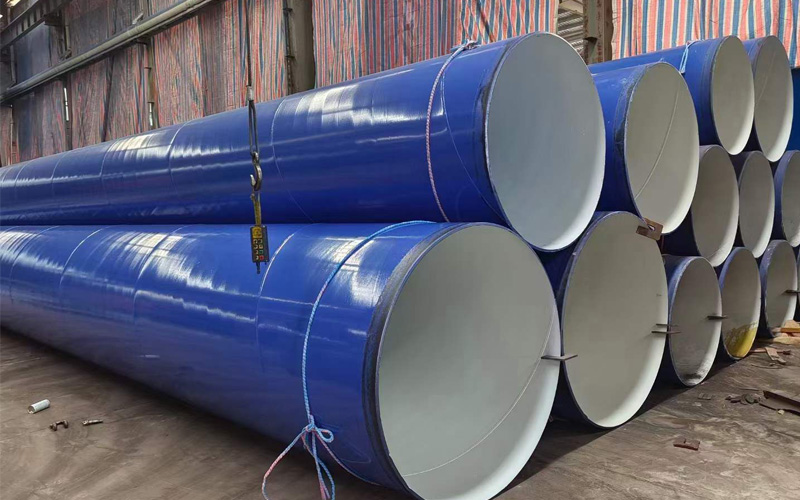SSAW Steel Pipe: Cost-Effective for Water Transmissions
Against the backdrop of accelerating urbanization and the growing demand for optimized water resource allocation, large-scale, long-distance water transfer projects, such as interregional water transfer and urban emergency water supply, have become essential infrastructure for public welfare and economic development. However, these projects typically face three core challenges: pipeline spans often span tens or even hundreds of kilometers, requiring high efficiency in transportation and installation; large-scale water transfer requires large-diameter pipes, making it difficult for conventional materials to achieve both strength and convenience; and limited project budgets demand cost control while ensuring long-term operational stability. Faced with these challenges, submerged arc ssaw steel pipe has become the preferred solution for many municipal project managers, water conservancy engineers, and contractors due to its dual advantages of cost-effectiveness and performance reliability.
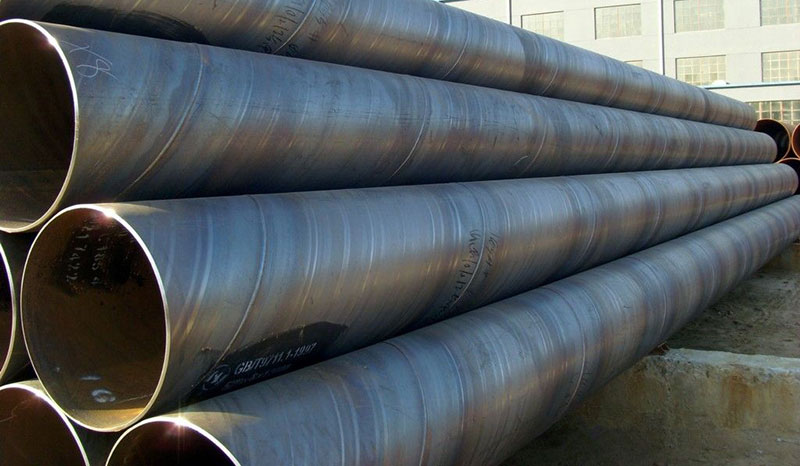
I. Cost Efficiency: Lifecycle Cost Reduction for Budget-Sensitive Projects
For large-scale water transmission projects, “cost control” extends beyond initial procurement to the entire project lifecycle cycle, including production, transportation, construction, and post-installation maintenance. SSAW pipes, with their manufacturing characteristics, can significantly save costs at every stage and are highly suitable for projects with limited budgets.
From a production perspective, the raw material utilization rate and production efficiency of SSAW pipes far exceed those of similar products such as Lsaw steel pipe. SSAW pipes are made by continuous helical forming technology, directly rolling steel strips of matching width into pipes of various diameters without the need for extensive sheet cutting and welding. This process has increased the raw material utilization rate to over 95%, which is much higher than the approximately 85% efficiency of LSAW pipes due to segmented welding, significantly reducing steel waste. In addition, the spiral forming production line can operate continuously for 24 hours, with an average daily output of 300 to 500 tons per line, which is 2 to 3 times that of the traditional LSAW production line. For instance, in an 80-kilometer intercity water transmission project, SSAW steel pipes were fully supplied in just 45 days. However, if LSAW steel pipes were used, the delivery cycle would be extended by at least 70 days, saving nearly one-third of the waiting time for the project.
The long single-section lengths of SSAW pipe further reduce costs during transportation and construction. Standard SSAW pipe sections can reach 12-18 meters in length, with custom products reaching up to 24 meters. In contrast, LSAW pipe, due to production process limitations, is typically only 6-12 meters long. This extended pipe length means that SSAW pipe requires 30%-50% fewer joints for the same length of pipe. For a 100-kilometer pipeline, SSAW pipe requires only approximately 5,500 joints, while LSAW pipe requires over 8,300. This not only reduces the consumption of auxiliary materials such as welding rods and anti-corrosion coatings, but also shortens on-site welding and anti-corrosion treatment time. According to municipal engineering data, water transfer projects using SSAW pipe have increased on-site construction efficiency by 25% and reduced labor costs by 18%. This indirectly reduces potential additional costs associated with project delays, such as equipment rental extensions and extended on-site labor costs.
From a long-term maintenance perspective, SSAW steel pipe also saves costs through its superior corrosion resistance. Their surface can be treated with 3PE steel pipe (three-layer polyethylene coating) or FBE steel pipe coating to achieve an anti-corrosion life of more than 30 years in complex environments such as soil and groundwater – far exceeding the 15-20 year lifespan of ordinary steel pipes.
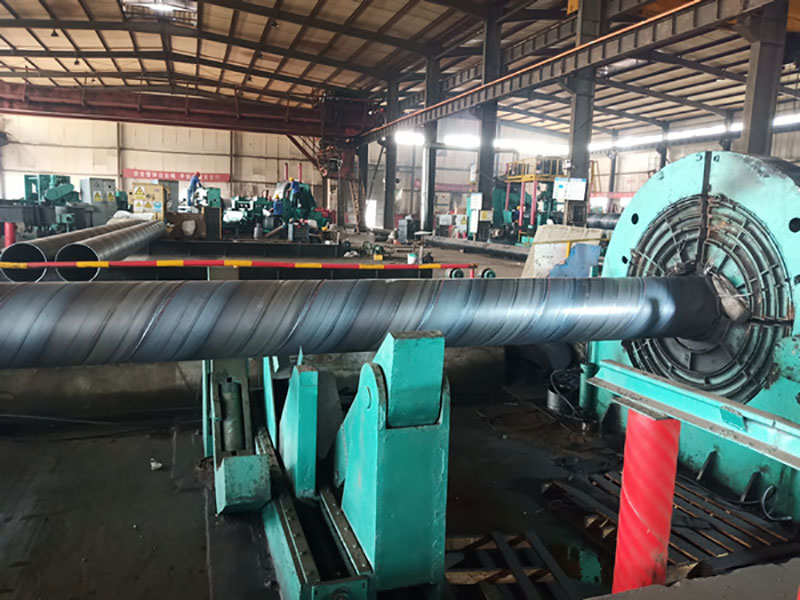
II. Reliable Performance: Combining Large Diameter with High Pressure Resistance to Ensure Safe and Stable Water Transmission
There are two core requirements for the performance of pipe materials in long-distance water transmission projects: the first is “large diameter” to meet the demand for high-flow water transmission; The second is “high strength”, capable of withstanding the pressure and external loads of long-distance water transmission pipelines. Spiral submerged arc welded steel pipes, through unique process design, possess both of these major advantages and are an important guarantee for engineering reliability.
In terms of pipe diameter adaptability, spiral submerged arc welded steel pipes are one of the ideal choices for large-diameter water transmission pipelines. Its production process allows for flexible adjustment of pipe diameters, enabling batch production from DN200 to DN3600, and is particularly suitable for projects with high water transmission requirements. For instance, a provincial-level supporting project of the South-to-North Water Diversion Project requires a daily water conveyance volume of 1.5 million cubic meters. After hydraulic calculation, pipes with a diameter of DN2400 are needed to meet the requirements of flow rate and pressure. At this diameter, spiral submerged arc welded pipes can be stably produced through continuous spiral forming, with the weight of a single pipe controlled under 30 tons, facilitating transportation and hoisting. If other types of pipes (such as prestressed concrete pipes) are chosen, the weight of the DN2400 specification product will exceed 50 tons, requiring specially customized transportation vehicles, which greatly increases the construction difficulty. Ultimately, the entire project adopted spiral submerged arc welded steel pipes and successfully completed the designed water transmission capacity.
The spiral weld design of SSAW pipe offers a “natural advantage” in terms of structural strength and pressure-bearing capacity. The welds are arranged in a spiral pattern, at a specific angle (typically 30°-45°) to the pipe axis. This structure allows the welds to more evenly distribute internal water pressure and external soil loads. Compared to the longitudinal welds of straight seam pipe (which only bear axial stress), the spiral welds of SSAW pipe withstand both axial and circumferential stresses, increasing pressure resistance by 20%-30%. National standard GB/T 9711.2 stipulates a minimum yield strength of 355 MPa for SSAW water pipe, allowing it to withstand operating pressures of 1.6 to 2.5 MPa. This fully meets the hydrostatic pressure requirements of terrain elevation differences and the pressure boosting requirements of long-distance water pipeline pumping stations. In one mountainous water transmission project, the pipeline traversed a 300-meter elevation difference. Calculations indicated that it must withstand a pressure of 2.8 MPa. Q355-grade SSAW steel pipe was selected, and hydrostatic testing showed no leakage or deformation. The pipeline has been in stable operation for five years.
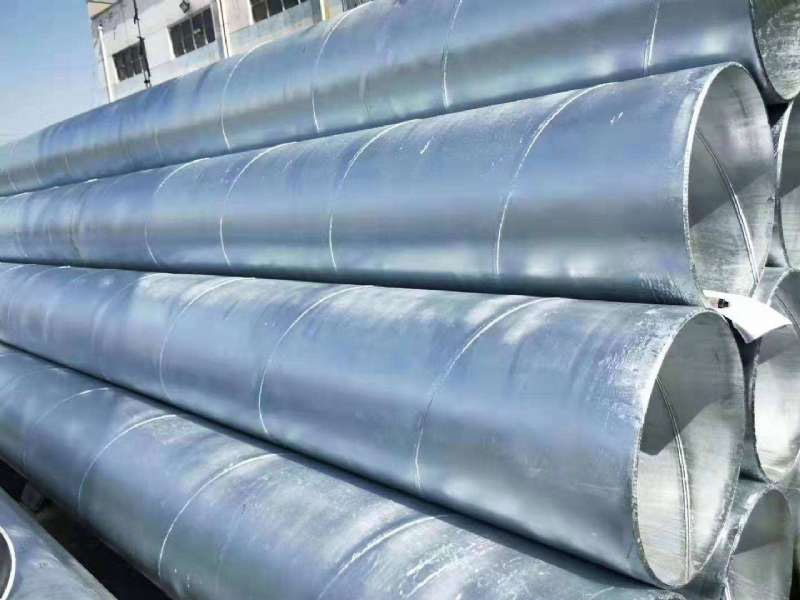
III. Conclusion: SSAW Steel Pipe — The Cost-Effective Choice for Long-Distance Water Transmission Projects
Overall, SSAW steel pipes have effectively addressed the budget constraints of large-scale water transmission projects by optimizing the total life cycle cost. In addition, SSAW steel pipes also meet the core requirements of reliable performance. Through large diameters, high pressure resistance and strong adaptability, they ensure the safety of water transmission and are an ideal solution that takes into account both economy and stability.
If you are in charge of large-scale projects such as municipal water supply or cross-regional water diversion and need cost-effective pipeline solutions, please feel free to contact us at any time. As a company specializing in steel pipe manufacturing and engineering services, we offer customized SSAW steel pipe products and technical support based on your project parameters, such as flow rate, pressure and terrain conditions. This includes pipe selection suggestions, anti-corrosion scheme design, on-site installation guidance, as well as detailed budget quotations and schedule planning, to ensure the efficient advancement and safe operation of your project.
Get Your Custom Steel Pipe Quote Today!
Provide us with your project details (like application, specifications, quantity). Our experienced team will respond with a tailored solution and competitive quote within 24 business hours.
Related Articles
ASTM A53 vs. API 5L: A Guide to Selection and Application
Introduction:Technology differences determine success or failure, and selection needs to be “precise”
Steel Density Analysis: Core Differences between Mild and Medium Carbon Steels and Industrial Applications
3LPE coated steel pipe: a solid barrier in the field of industrial corrosion protection
3LPP coated pipe: anti-corrosion guard in high temperature and high pressure environment
FBE steel pipe: the technological armor of the steel defense line
HOT TAGS
latest posts
- Steel Density Analysis: Core Differences between Mild and Medium Carbon Steels and Industrial Applications
- Carbon Steel Floating Pipeline Systems: Innovative Applications of LSAW/SSAW Steel Pipes in Marine Engineering
- LSAW Steel Pipe: UOE vs JCOE Process | Allland steel pipe
- Onshore Pipeline: A Complete Selection Guide
- 3PE Pipe Coatings: A Guide to Protection, Standards&Applications




